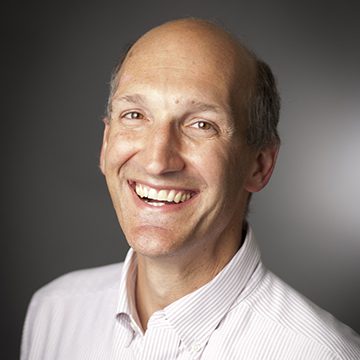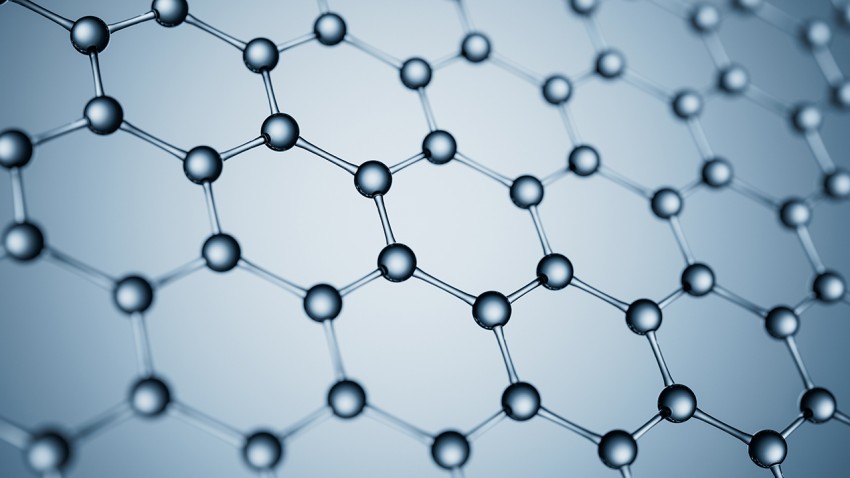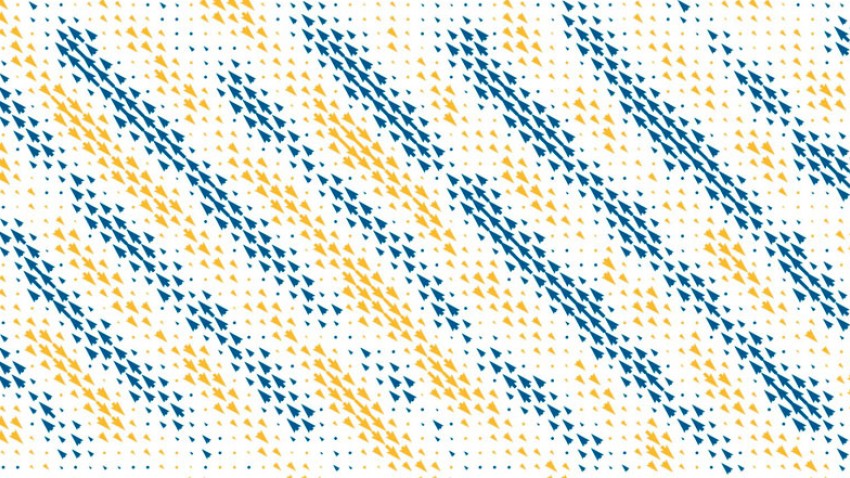
- Graduate Field Affiliations
- Applied Physics
- Materials Science and Engineering
Biography
Darrell Schlom is the Tisch University Professor in the Department of Materials Science and Engineering at Cornell University. After receiving a B.S. degree from Caltech, he did graduate work at Stanford University receiving an M.S. in Electrical Engineering and a Ph.D. in Materials Science and Engineering. He was then a post-doc at IBM’s research lab in Zurich, Switzerland in the oxide superconductors and novel materials group managed by Nobel Prize winners J. Georg Bednorz and K. Alex Müller. In 1992 he joined the faculty at Penn State in the Department of Materials Science and Engineering, where he spent 16 years before joining the faculty at Cornell in 2008. His research interests involve the heteroepitaxial growth and characterization of oxide thin films by reactive molecular-beam epitaxy (MBE), especially utilizing a ‘materials-by-design’ approach to the discovery of materials with properties superior to any known. His group synthesizes these oxide heterostructures using molecular-beam epitaxy (MBE). He has published over 700 papers and 12 patents resulting in an h-index of 94 and over 46,000 citations. His work has been recognized by the highest awards for materials discovery by four relevant societies: the MRS Medal from the Materials Research Society, the Frank Prize from the International Organization for Crystal Growth, the McGroddy Prize from the American Physical Society, and the John A. Thornton Memorial Award/Lecture from the American Vacuum Society. He is a Fellow of the American Physical Society, the Materials Research Society, the American Vacuum Society, and is a member of the National Academy of Engineering.
Prof. Schlom was named the Tisch University Professor in 2023.
Research Interests
The focus of my group’s research is investigating and perfecting the properties of oxide materials for electronic uses. To do this, we grow oxide thin films on single crystal substrates of closely related substances. The single crystal substrate provides a structural template for the thin films that we grow. The films follow this atomic template and are thus said to be epitaxial (inheriting their crystalline arrangement from the underlying substrate). Our focus on oxides is due to the tremendous promise that these materials hold for electrical applications. Oxides exhibit an unparalleled variety of electronic properties. Insulating, semiconducting, and even superconducting oxides all exist within the set of structurally compatible oxides known as perovskites. This structurally related family also includes oxides that are magnetic, ferroelectric, or even both at the same time. In short, this family of oxides contains the full spectrum of electronic properties. A major challenge, however, is to prepare these materials with sufficient quality and integrate them with adequate control so that these properties can be fully utilized in electronic devices. This is our research goal.
- Advanced Materials
- Energy Systems
- Materials Synthesis and Processing
- Nanotechnology
- Semiconductor Physics and Devices
- Sensors and Actuators
- Surface Science
Teaching Interests
Schlom teaches courses on the properties of electronic materials and the synthesis of thin films. During his time at Cornell he has taught the following courses: MSE 3050/5850 — Electronic, Magnetic, and Dielectric Properties of Materials MSE 3070 — Materials Design Concepts I MSE 5430 — Thin-Film Materials Science MSE 6050 — Electronic Properties of Materials.
Select Publications
-
K. Azizie, F.V.E. Hensling, C.A. Gorsak, Y. Kim, N.A. Pieczulewski, D.M. Dryden, M.K.I. Senevirathna, S. Coye, S-L. Shang, J. Steele, P. Vogt, N.A. Parker, Y.A. Birkhölzer, J.P. McCandless, D. Jena, H.G. Xing, Z.K. Liu, M.D. Williams, A.J. Green, K. Chabak, D.A. Muller, A.T. Neal, S. Mou, M.O. Thompson, H.P. Nair, and D.G. Schlom, “Silicon-Doped β-Ga2O3 Films Grown at 1 μm/h by Suboxide Molecular-Beam Epitaxy,” APL Materials 11 (2023) 041102.
-
L. Caretta, Y-T. Shao, J. Yu, A.B. Mei, B.F. Grosso, C. Dai, P. Behera, D. Lee, M. McCarter, E. Parsonnet, Harikrishnan K.P., F. Xue, X. Guo, E.S. Barnard, S. Ganschow, Z. Hong, A. Raja, L.W. Martin, L.Q. Chen, M. Feibig, K. Lai, N.A. Spaldin, D.A. Muller, D.G. Schlom, and R. Ramesh, “Non-Volatile Electric-Field Control of Inversion Symmetry,” Nature Materials 22 (2023) 207–215
-
T. Schwaigert, S. Salmani-Rezaie, M.R. Barone, H. Paik, E. Ray, M.D. Williams, D.A. Muller, D.G. Schlom, and K. Ahadi, “Molecular Beam Epitaxy of KTaO3,” Journal of Vacuum Science and Technology A 41 (2023) 022703.
-
M.R. Barone, M. Jeong, N. Parker, J. Sun, D.A. Tenne, K. Lee, and D.G. Schlom, “Synthesis of Metastable Ruddlesden-Popper Titanates, (ATiO3)nAO, with n ≥ 20 by Molecular-Beam Epitaxy,” APL Materials 10 (2022) 091106.
-
A. Bose, N.J. Schreiber, R. Jain, D-F. Shao, H.P. Nair, J. Sun, X.S. Zhang, D.A. Muller, E.Y. Tsymbal, D.G. Schlom, and D.C. Ralph, “Tilted Spin Current Generated by the Collinear Antiferromagnet Ruthenium Dioxide,” Nature Electronics 5 (2022) 267–274.
Select Awards and Honors
- John Bardeen Award, The Minerals, Metals & Materials Society (TMS) 2024
- John A. Thornton Memorial Award, American Vacuum Society 2021
- James C. McGroddy Prize for New Materials, American Physical Society 2021
- Frank Prize, International Organization for Crystal Growth (IOCG) 2019
- Fellow, American Vacuum Society 2019
- Humboldt Research Award 2018
- Inducted into National Academy of Engineering 2017
- Fellow, Materials Research Society 2010
- MRS Medal, Materials Research Society 2008
- Fellow, American Physical Society 2003
Education
- B.S., Engineering and Applied Science, California Institute of Technology 1984
- M.S., Electrical Engineering, Stanford University 1989
- Ph.D., Materials Science and Engineering, Stanford University 1990

